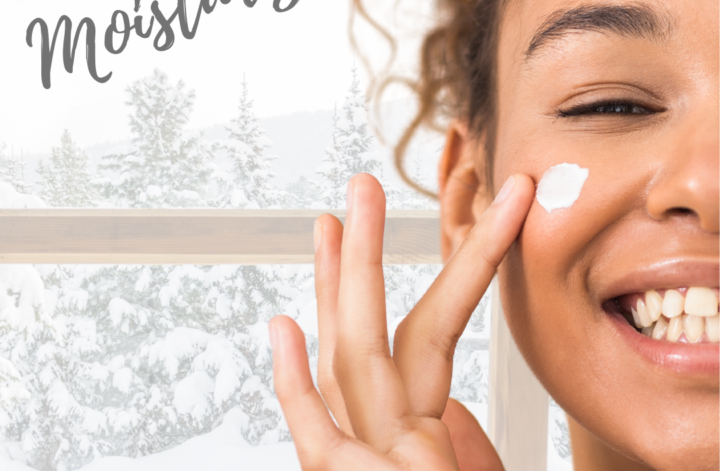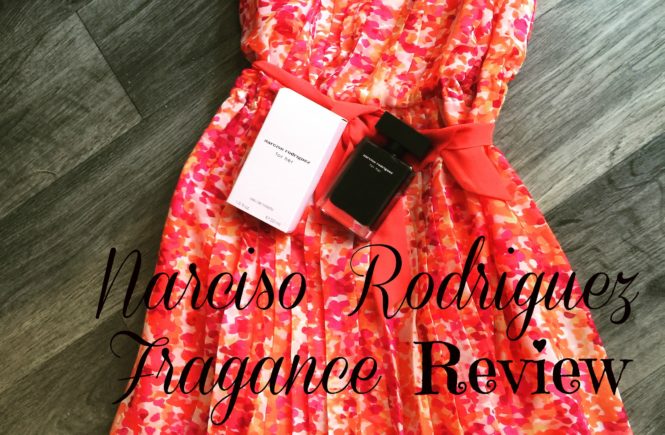Pamela R. Springer is a licensed aesthetician, educator, subject matter expert, continuing education provider for the California Board of Registered Nursing, author, and product developer. Pamela shares her knowledge on how to keep your skin glowing during the winter season.
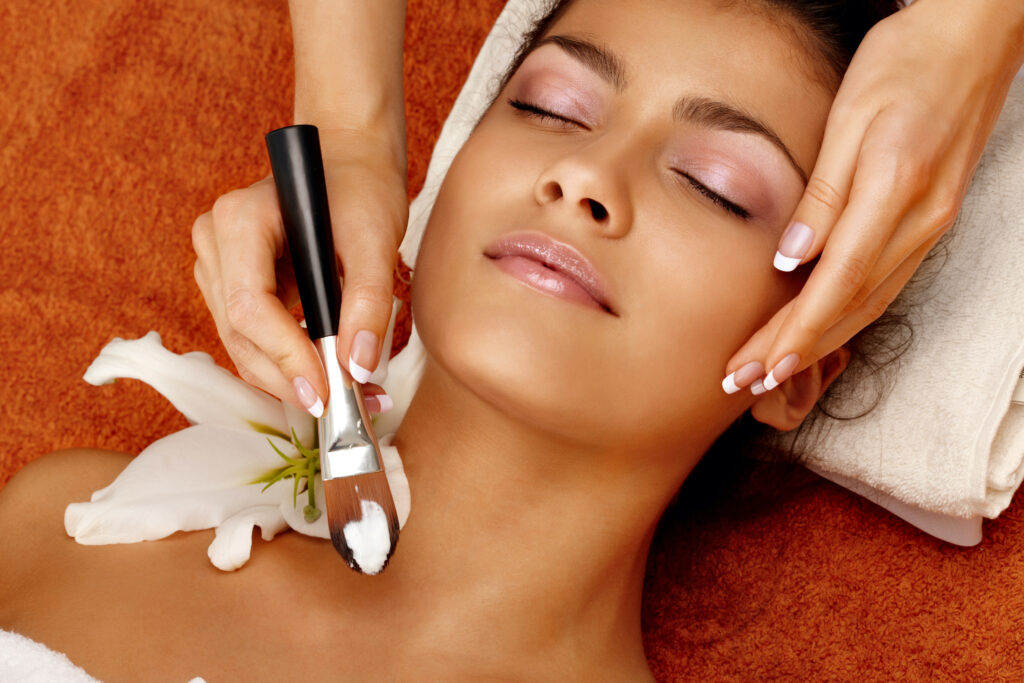
As the temperature drops, the humidity becomes low and loses its moisture. Exposed skins are stripped of their natural oils and lack hydration. This leads to dry, flaky, irritated, and itchy skin. For the Latina population, the struggle is even more real. These weather conditions may lead to a blotchy, uneven skin tone. Don’t let the harsh winter conditions dull your skin’s natural radiance! To ensure the glow of healthy skin, incorporate a daily hydrating and moisturizing skincare routine.
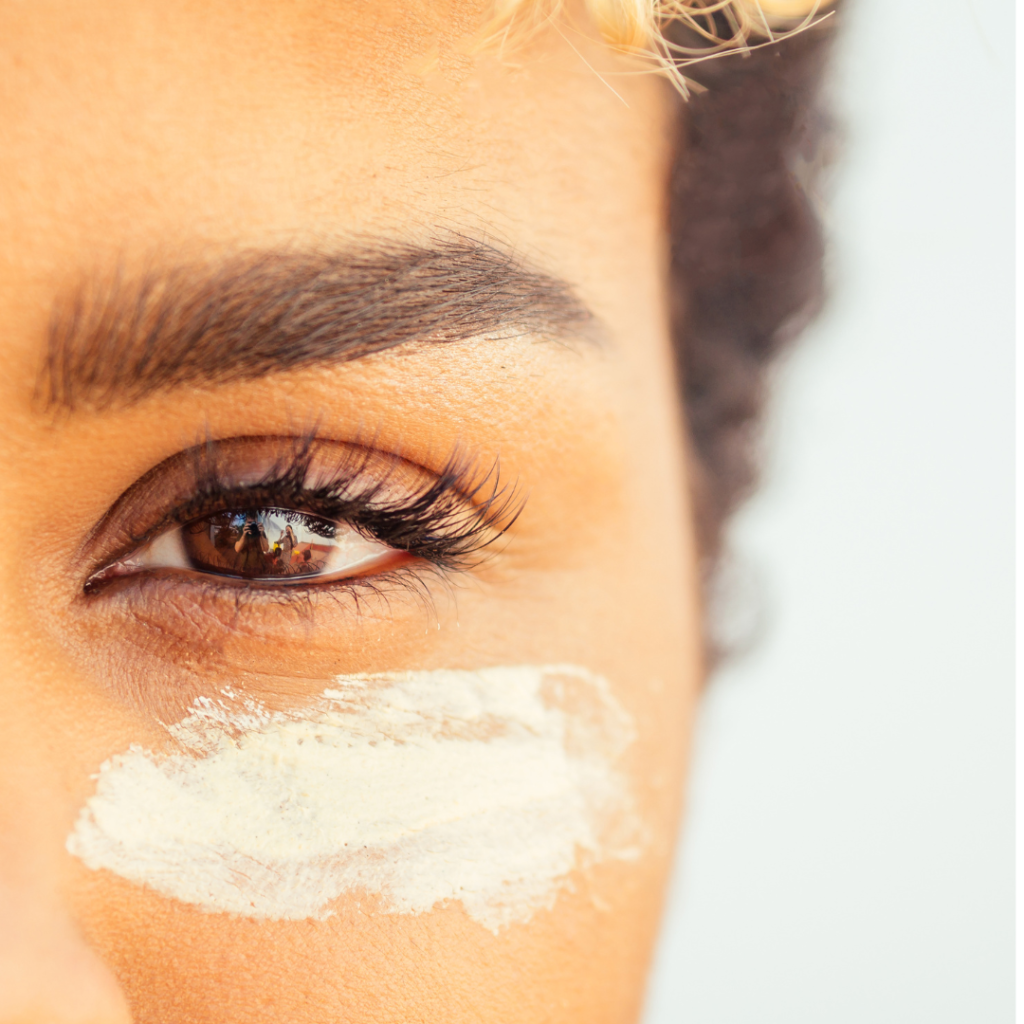
First and foremost, hydration is vital. The frigid air dehydrates our skin, leading to dryness and flakiness. Certain ingredients are naturally drying. Combining drying ingredients with low humidity and loss of moisture, the skin will feel tight and uncomfortable. To combat this, incorporate a deeply moisturizing product into your day and nighttime skincare routine. Look for skincare products specially formulated for Latina skin, as they cater to our unique needs. These products will replenish and lock in moisture, preventing your skin from feeling tight and uncomfortable.
1. Please avoid using products that contain alcohol.
Alcohol is common in many skincare products, especially toners and astringents. When the air is already drier in the winter, opt for alcohol-free alternatives to protect your skin’s hydration and prevent those pesky dry patches.
2. Stay away from Harsh Exfoliants
Harsh exfoliants, such as scrubs with large, rough particles, can cause irritation, redness, and even tiny tears on the skin’s surface. Instead, opt for gentler alternatives like exfoliants, which provide a more effective and less abrasive way to achieve that glowing winter complexion.
3. Avoid Fragrances
Heavy fragrances can cause skin irritation and allergies, particularly during the dry winter. Instead of heavily scented products, look for fragrance-free or naturally scented alternatives that won’t strip or dehydrate your skin, leaving it soft and radiant.
4. Skip the Silicones.
Often found in moisturizers and primers, silicones can offer instant gratification by making your skin appear smooth and flawless. However, they can also create a barrier that traps moisture beneath the surface, preventing your skin from breathing naturally. This can lead to clogged pores, breakouts, and dull-looking skin. Opt for lightweight alternatives that won’t suffocate your skin, allowing it to maintain its natural radiance.
5. Beware of Sulfates.
Sulfates are chemical compounds commonly found in household and personal care products, including shampoos, cleansers, and even toothpaste. They are foaming agents that are responsible for producing lather. Lather gives you a sense of cleanliness. However, this seemingly harmless addition can wreak havoc on your skin by stripping away your skin’s natural oils.
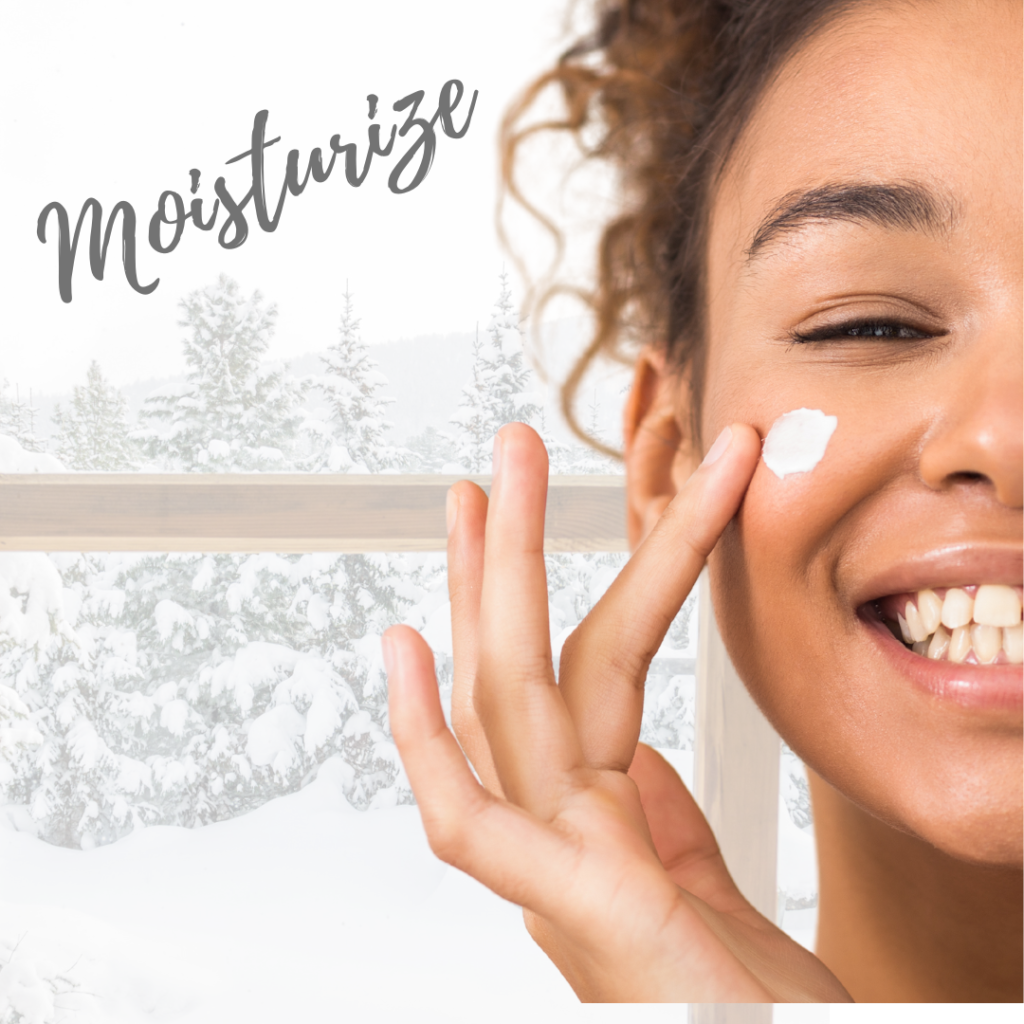
Fear not; here is a list of the most amazing hydrating ingredients to add moisture and bring your skin back to a radiant complexion.
1. Hyaluronic Acid
When it comes to hydration, hyaluronic acid is the real MVP. It works like magic by attracting and holding water molecules, providing moisture deep into the skin. Incorporate hyaluronic acid into your skincare routine and let it work its magic!
2. Nourishing Oils
Mother Nature knows best, and oils are her secret weapon when it comes to nourishing your skin during harsh winters. Look for ingredients like jojoba oil, argan oil, and avocado oil. These oils are packed with essential fatty acids and vitamins that replenish and lock in moisture, leaving your skin soft and supple. Say goodbye to dryness and hello to a glowing complexion!
3. Aloe Vera
Dry, irritated skin is common in winter, and aloe vera saves the day. Known for its soothing, healing properties, this natural ingredient is a game-changer. Aloe vera not only hydrates your skin but also helps to calm inflammation.
Deep moisturizing is crucial in locking in moisture. Look for moisturizers that are specifically formulated for dry skin types. Opt for thicker, cream-based moisturizers rather than lightweight lotions. These will provide a protective barrier on your skin, reducing water loss and ensuring long-lasting hydration.
1. Shea Butter
A luxurious treat for your skin, shea butter is rich in vitamins and fatty acids that nourish and moisturize deeply. Wave goodbye to rough patches and hello to silky-smooth skin!
2. Glycerin
Often called a “moisture magnet,” glycerin works wonders in keeping your skin hydrated during the harsh winter months. It draws moisture from the environment, locking it into your skin and providing long-lasting hydration.
3. Ceramides
Repair and strengthen your skin’s natural barrier with ceramides. These lipid molecules help retain moisture, leaving your skin protected and less prone to dryness. Go out into the cold weather without worrying about tight or chapped skin!
4. Aloe Vera
Known for its soothing properties, aloe vera is an excellent addition to your winter skincare routine. This natural ingredient profoundly hydrates your skin while calming any irritation or redness caused by the harsh weather.
5. Squalane
This lightweight oil mimics our skin’s natural sebum, moisturizing without clogging pores. Enjoy a youthful glow even when the temperatures drop!
It is essential to wear sunscreen – For both brown and black skin. It is known that many people of color do not wear sunscreen because they were told it was not needed. The EPA (The Environmental Protection Agency) warns that ozone layer depletion increases the amount of UVB that reaches the Earth’s surface, leading to skin cancer in black and brown skin.
For complete protection, always choose a physical or broad-spectrum sunscreen. These sunscreens are formulated with titanium dioxide or zinc oxide. These are minerals causing the UV rays to reflect away and not penetrate the skin. One of the primary reasons why Latina skin requires sun protection all year round is the increased risk of hyperpigmentation. Melasma, a common skin condition characterized by dark patches on the face, is more prevalent in Latin women. Any sun exposure can worsen dark spots, making them more noticeable and difficult to treat. With UV rays not entering the skin, dark spots, discoloration, dark patches, or uneven skin tones are less likely to darken.
Unfortunately, with darker skin tones, many broad-spectrum sunscreens cause the skin to have a grayish hue. To apply:
- Use a small amount on the sun-exposed areas or mix the sunscreen into your foundation.
- Always wait 20 minutes before going outdoors.
- If engaging in outdoor activity, reapply sunscreen every two hours.

